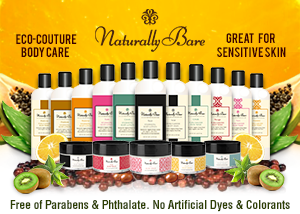Ingredient Intel: Phosphates

This is the fourth installment of our ongoing series aimed to help you better understand the ingredients—both desirable and undesirable—in your home cleaning and personal care products. We arm you with information and provide a solid assessment of each ingredient so you can make educated decisions for yourself and your family.
Ingredient: Phosphates
What it is: Phosphorus, generally in the form of phosphates, has historically been one of the main ingredients in detergents, soaps, and other household cleaners because of their superior cleaning performance.
How it Works: In detergents, phosphates served as a builder to improve the detergent’s cleaning efficiency. Builders are important to the cleaning process—they help to remove dirt from the clothes and to minimize soap scum. The need for builders in detergents and soaps is especially important in areas with hard water that contains calcium and magnesium.
What’s the Problem?
Phosphates’ excellent cleaning performance has increasingly been overshadowed by their harmful effects on rivers, lakes, streams, and other fresh waters. When phosphates enter waterways—as they do when washed down washer drainpipes—they act as a fertilizer, spawning overgrowth of algae. This overabundance of aquatic plant life eventually depletes the water’s oxygen supply, killing off fish and other organisms.
This phenomenon turns clear lakes and rivers green and cloudy and it also makes the water smell bad—and makes it unsuitable for swimming. In the end, phosphates can have a devastating effect on waterways
While phosphates were once widely used in laundry detergents and other cleaners, many states have banned their use in laundry detergents and some other cleaners. Today, they are still used in automatic dishwasher detergents.
Because of these harmful (and documented) effects, laws or regulations have been enacted in many U.S. states, the European Union, Canada, and in Japan to limit or ban the use of phosphates in laundry detergents. Still, phosphate-containing laundry detergents are in use in many other countries.
Some state governments have also banned the use of phosphates in automatic dish-washing detergents—products must contain 0.5 percent percent phosphate or less whereas in the past dishwasher detergents contained anywhere from four to eight percent phosphorus. Some consumers, however, have battled this change, as phosphate-free dish-washing detergents are hard-pressed to clean as efficiently and bust grease as effectively as their phosphate-containing counterparts.
How Can You Avoid Phosphates? Look for phosphate-free products—bar soaps and detergents. In addition, check ingredient labels for phosphates.
Have more questions about phosphates? Please leave a comment—we’d love to help.



CONNECT WITH US